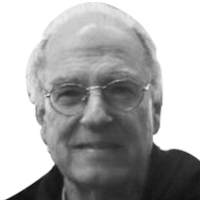World
Kevin Lamarque/Reuters
Trump Becomes First Sitting American President to Step Into North Korea—a Win for Kim Jong Un
HIGH STAKES
Clearly, Kim has now recovered from the humiliation of the aborted summit with Trump in Hanoi earlier this year.

Trending Now





